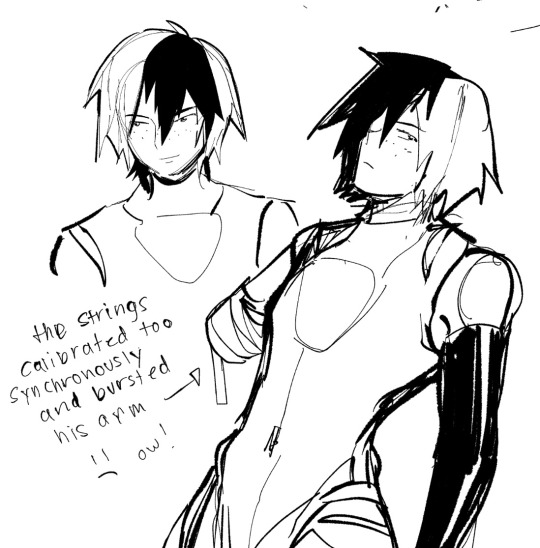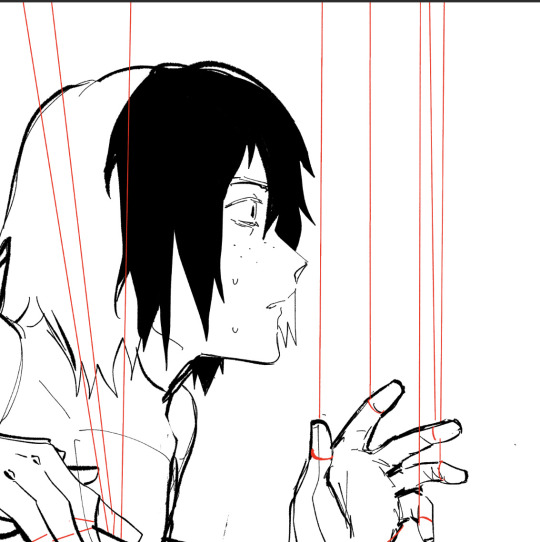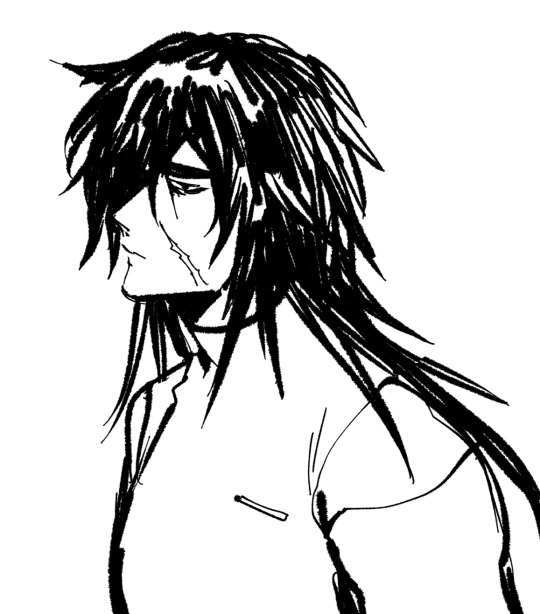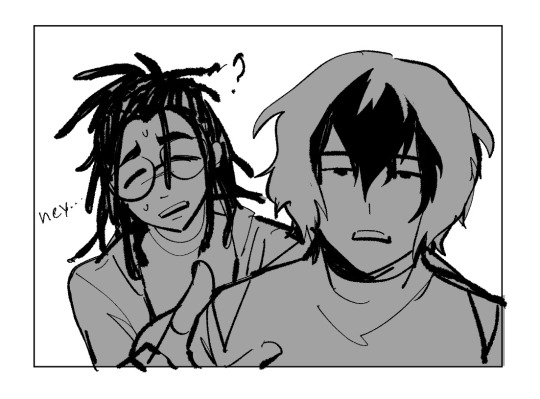#moirai
Text
TSATS but it's Connor Stoll receiving a message through the Shrine of Hermes again and he's quickly unfolding the paper because he knows it's Nico and Will on the other end.
The demigod is definitely relieved that they're still alive, but he can't help but let the anxiety of what happened last time get to him. Gods, that was a massacre.
So, whatever this is going to be, well, it can't be great.
Every head counselor and camper who participated in the Second Giant War knows this very well, and they watch him with wary anticipation.
Apollo just returned to godhood. Their strongest heroes were on opposite sides of the country. There aren't as many campers to strengthen the Athena Parthenos. What more could the Fates throw at them?
Connor Stoll reads through the note with focused eyes that soon turn to bewildered ones. Clarisse nudges him, alarmed.
"Hey, hey! What is it? Connor? Oi!"
He looks up from the paper with a look that Clarisse thinks is crossed between murderous, exasperated, and relief.
"These assholes just sent me their McDonald's order."
#hermes getting a happy meal would be the funniest fucking thing#tsats#the sun and the star#nico di angelo#will solace#solangelo#connor stoll#clarisse la rue#apollo#hermes#athena#moirai#riordanverse#pjo#percy jackson and the olympians
3K notes
·
View notes
Text
Hi, yeah, I’ve got thoughts and predictions on Hades II already:
So Melinoë’s mythologically the daughter of Zeus, who had her with Persephone while disguised as Hades? That’ll be interesting.
The goddess with the pointed hat is 1000% Hecate, goddess/Titan of magic and crossroads. The dual torches thing is very much one of her symbols.
Given Hecate’s association with crossroads, the Moirai (the Fates) will likely appear in the game.
We saw Moros and Nemesis. Both are children of Nyx, representing Doom and Revenge respectively. Given Hades is in chains, Nyx has likely gone missing or has also been captured.
Given two of Nyx’s children have already been shown, I’d say there’s a good chance Eris (Strife) shows up.
Melinoë is associated strongly with the moon, so Aether and Hemera could also show up. Selene will definitely show up.
The game seems to start on the surface world, and I’m guessing it will stay that way. It avoids repeated settings, and it keeps Zagreus from showing up to help.
Since the map will be entirely on the surface, and given Cronus’ role as primary antagonist, I propose that the different bosses will be the Titans of the cardinal directions (Iapetus, Hyperion, Coeus, and Crius).
If the bosses are the cardinal Titans, then the cardinal wind gods may also appear: Boreas, Zephyrus, Notus, and Eurus.
The midstage NPCs will be some of the imprisoned Titans, like Atlas and Prometheus.
If Prometheus appears, Pandora may as well, since she was the wife of Prometheus’ brother, Epimetheus.
The Hecatoncheires will show up as a miniboss, since they’re siblings to the Titans. Same with the Cyclopes.
The first game had Cerberus and the Hydra in it. This game will have their siblings: the Chimera, the Sphinx, and the Nemean Lion.
#spoilers#i guess#Hades II#melinoe#hecate#hekate#zeus#hades#supergiant games#moirai#greek myths#greek titans#nyx#nemesis#moros#Cronus#kronos#atlas#prometheus#hecatoncheires#cyclopes#sphinx#chimera#nemean lion#pandora#selene#eris#persephone#game awards 2022#🐍
1K notes
·
View notes
Text





lor dump + one (1) ahab
107 notes
·
View notes
Text

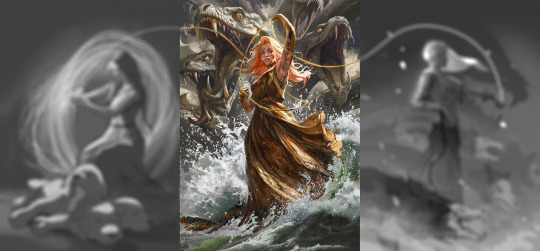
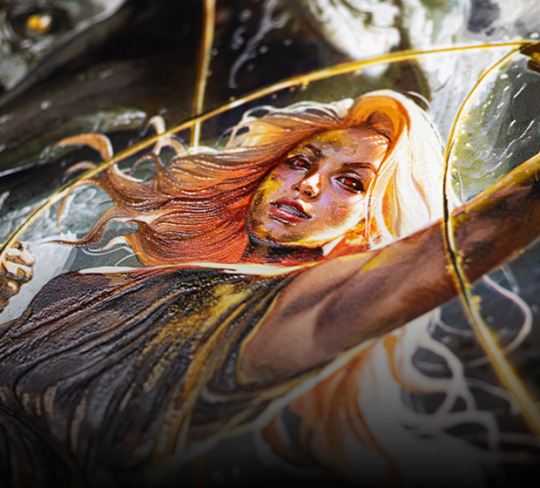
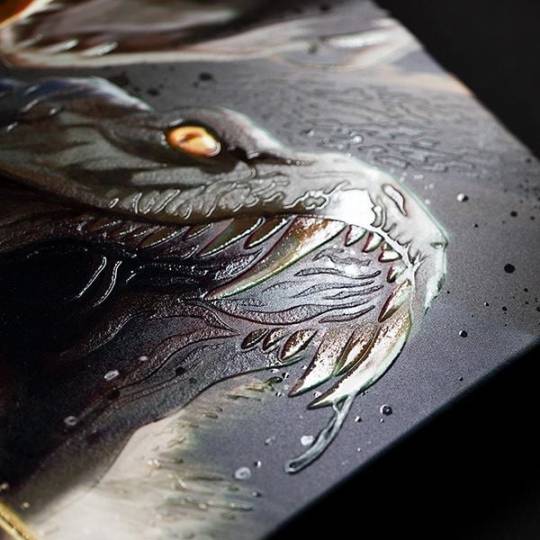
I'm absolutely thrilled to share that, in partnership with Displate, I've just launched an Ultra Limited Edition metal print. It is a part of a three illustration series showcasing the Moirai, fates from Greek mythology. We are starting with the middle sister - Lachesis, the drawer of lots. More coming soon!
371 notes
·
View notes
Text
O fate-weavers, daughters of Zeus
What have you in store for us?
Benign may it be, for your calling is unyielding
And your presence, fullfiling.
português:
Ó fiandeiras dos fados, filhas de Zeus
O que há nos vossos planos para nós?
Benignos sejam eles, pois vosso chamado é inflexível
E vossa presença, plena.
92 notes
·
View notes
Text
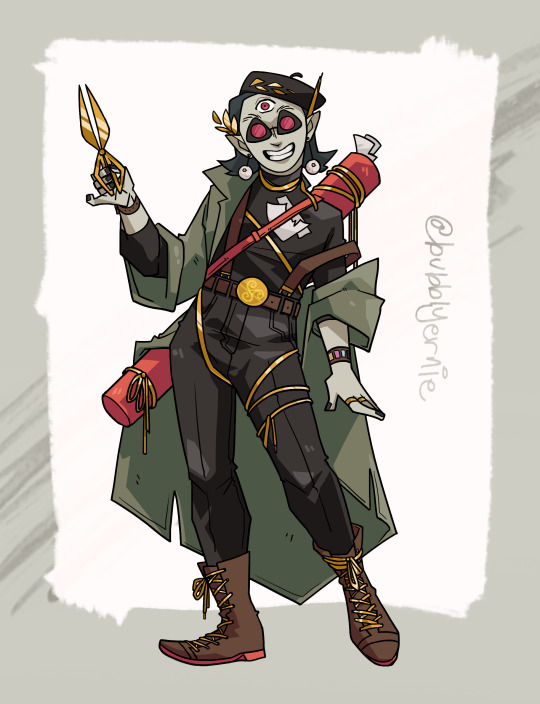
Monster Prom sona??? You bet your ass!!! I wanted to go with a kinda...warlock-y vibe, like Aaravi, but as an oracle. Ended up going the Greek myth route, she's a Moirai (a fate! however that works)
art tag // commission info
#sunshan draws#monstersona#monster prom#character illustration#illustration#fantasy#sketch#digital art#digital painting#digital sketch#art#doodles#oc#ocs#character design#moirai#greek mythology#monster prom sona#monster prom oc#monster camp#monster roadtrip
104 notes
·
View notes
Text
The Moirai (Fates) (2017)

From back in my OG grayscale phase
#fates#moirae#Moirai#greek mythology#greek myth#tagamemnon#comix#greek myth retellings#illustration#education#classics#classical civilisation
116 notes
·
View notes
Text

When Greek Mythology and Star Wars collide.. everything all of a sudden just feels right. 😌
#star wars#star wars edit#ahsoka#ahsoka sw#ahsoka series#ahsoka edit#greek mythology#the fates#great mothers#clotho#klothow#lachesis#lakesis#atropos#aktropaw#the force#jedi#sith#moirai
101 notes
·
View notes
Text
I already made a post about it before, but since a lot of people are coming around for more Greek mythology content, I thought "Why not take off the dust from old talks?", and thus here is my redo-post about the Homeric vs Hesiodic tradition.
I am summarizing here greatly but... We all know that Homer's epics (The Odyssey and the Iliad), and Hesiod's works (The Theogony, Of Works and Days) form the "basis" of Greek mythology as we know it today, as they are the oldest literary records of Greek mythology we have, and the Ancient Greeks themselves shared the same opinion, even going as far as using them and analyzing them to understand their own religion.
And yet, despite this set of works being considered together as a "whole", Hesiod and Homer actually presented two different visions of the Greek mythology and the Greek pantheon, often contradicting - and many of the "There's thousands versions of a same myth" trend about Greek mythology comes from the fact that these two fundamental set of works were already in conflict.
Why? Long story short it is agreed that Homer was the oldest of the two, and that in his works he reflected an older, more primitive state of the Greek religion and Greek gods. Meanwhile Hesiod, the "youngest", collected a more modern and recent set of beliefs that would become the dominant Greek theology of Ancient Greece. There's a lot of interesting debate and scholarly study about this, but in this post I just want to collect and highlight a few key differences between the "Homeric" and "Hesiodic" traditions, to again remind people that you are not always forced to stick to one version, since already at the beginning of all there were TWO recorded versions, from which many many more different spawned afterward...
KEY DIFFERENCE 1: Everybody knows Hesiod's Theogony, and how from Chaos came Gaia and Ouranos, and from them came the Titans, and then the Olympians. One long genealogy dating back from the Earth and the Sky out of the primordial void... And yet Homer hints heavily at another cosmogony, where Oceanus/Okeanos and Tethys are not actually part of the Titan siblings (as Hesiod claims)... But the origin of all things. The parents of all the gods, and the source of all life, as many divine beings (from Hera to Hypnos) explain repeatedly. The clues scattered throughout the Iliad and the Odyssey point out to the fact the "cosmic couple" might have been originally the water deities of the sea and ocean, before being replaced by the sky-and-earth one ; and this puts under a very different light why the two stayed "neutral" during the conflict, and why Oceanos and Tethys would end up sheltering Hera during Zeus' attack against Kronos...
Key difference 2: Everybody knows the story of Aphrodite being born from Ouranos' sexual organs being cut off by Kronos and thrown into the sea... And yet Homer tells a very different story about Aphrodite being actually a daughter of Zeus. Her mother is a mysterious goddess named Dione - I say mysterious because outside of Homer, and a handful of other things, we know barely anything about her. Most of what we know is that she had an actual worship in the old Greek religion (the grove of Dodona was dedicated to her), and that all analysis and studies point out to her being a female version/counterpart of Zeus. If I recall well, from Homer making her a secondary character in his epics (with a famous scene of her comforting her wounded daughter), Hesiod made her a mere name dropped among the Oceanids.
Key difference 3: In a continuation of the previous difference, Eris, the goddess of discord, also has different parentages in both tradition. According to Homer, Eris was Ares' sister (and thus the daughter of Zeus and Hera) ; Hesiod rather described her as one of the many children of Nyx, the primordial goddess of the night. (In fact, in the Hesiodic tradition Eris took example on her mother and gave birth in turn to many malevolent and destruction personifications ; this was not the case in the Homeric works).
Key difference 4: The story of Hephaestus/Hephaistos being born of Zeus and Hera the... let's say "regular" way comes from the Homeric tradition. Hesiod actually depicts a very different birth-story ; and in quite a twist, most people today remember Homer's genealogy than Hesiod's one. For you see, in Hesiod, Hephaistos was actually conceived by Hera alone, without any male intervention. She had grown jealous of Zeus having a daughter of his own (with Athena coming out of his head). She basically interpreted this as her husband "showing off" and somehow trying to prove he did not need women to have children (I am extrapolating here but that's the core idea) ; so in return Hera decided to have a child all on her own too, and she managed to fall pregnant and have a son with her own power, no Zeus or other god involved... But the result was Hephaistos, ugly and lame.
Key difference 5: Homer placed a lot more focus on Helios than Hesiod. In fact, Helios is so present and so involved in the Homeric epics that he is basically the unofficial "thirteenth Olympian". And, while in Hesiod's Theogony the name "Hyperion" designates one of the Titans born of Gaia and Ouranos, and the father of Helios, Selene and Eos ; in the Homeric epics, instead "Hyperion" is a qualificative/synonym/alternate name of Helios himself, and not at all a distinct entity.
Key difference 6: In Hesiod's cosmogony, the Moirai are a trinity of goddesses, each with their specific name and function - the goddesses we know today. Hesiod even gives two CONTRADICTING birth-stories to explain the origin of the Moirai (if having two conflicting "founding fathers" wasn't enough, we now have a guy who contradicts HIMSELF). Hesiod alternatively describes the Moirai as either daughters of Nyx (and so part of these primordial deities of darkness and doom born somewhere in the mysterious beginnings of time) ; either as daughters of Zeus and Themis (and in this version they explicitely received their powers over fate from Zeus himself).
In Homer, the Moirai are much less defined and personified - in fact, many times - almost all the time - he refers to Fate/Destiny as a singular entity. Not only is the fate goddess singular (except for some parts of his epics that evoke a group of "weavers"), but she is as I said not very personified, not given any attribute, genealogy or description, to the point that... it seems that she was just a poetic metaphor, a rhetorical allegory, a personification more than a goddess. Instead, in the Homeric world it is Zeus that fills the role of the god of fate and destiny - changing fates and weighing destinities on his own ; a far cry from the future image of a Zeus that must bow to the laws of fate.
There are many, many more differences to point out between Homer and Hesiod - but I think those selected fews are enough to show that, even in its "foundations", Greek mythology kept offering alternative and variations ; and that by putting the ancient works back in a correct chronology order, we get fascinating evolutions (Oceanos and Tethys replaced by Gaia and Ouranos ; Zeus losing the paternity of many important goddesses ; Zeus losing his place as a god of fate ; Helios losing importance as time went on, entire deities disappearing such as Dione...)
#greek mythology#homer#hesiod#homeric tradition#greek gods#hesiodic tradition#moirai#zeus#dione#titans#aphrodite#eris#helios#hyperion#hephaestus#hephaistos#hera
37 notes
·
View notes
Text
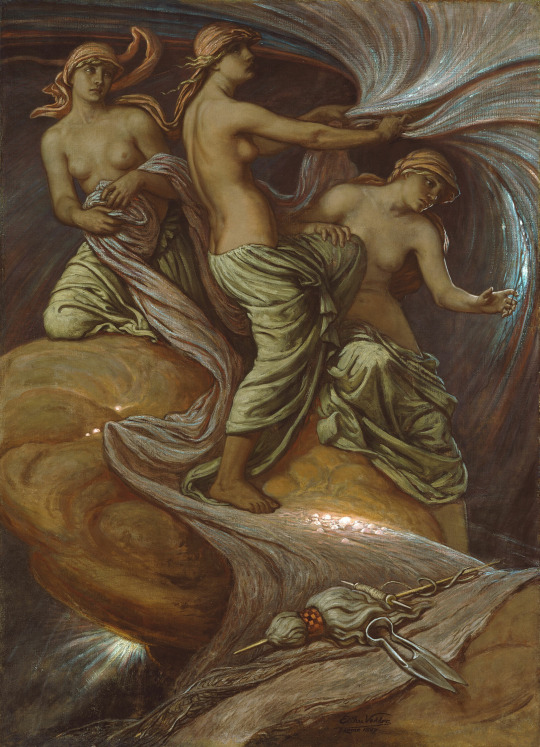
The Fates Gathering in the Stars by Elihu Vedder. American, 1887. Oil on canvas. In the collection of the Art Institute of Chicago.
Description from the Art Institute:
Elihu Vedder depicted the three Fates of Greek mythology working the thread of life: Clotho spins the thread, Lachesis fixes its length, and Atropos cuts it at the appointed time of death. Their symbolic tools—spindle, distaff, and shears—rest in the foreground, emphasizing the Fates’ decisive role in matters of life and death.
#mythology#Fates#Moirae#Elihu Vedder#art#Symbolism#Symbolist#Pre-Raphaelite#Pre-Raphaelism#Moirai#Clotho#Lachesis#Atropos#life#death#Art Institute of Chicago
116 notes
·
View notes
Note
I read your comic! It was super cool :) your art is amazing, I don’t know how you have the patience for all the amazing detail and stuff!!! I love the fates, especially the future one, she’s hilarious lol. 10/10 :3
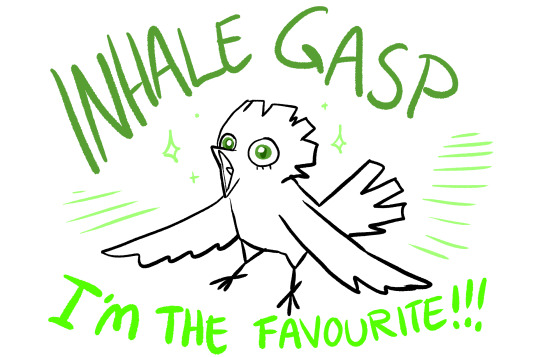
what have you done, her ego will go through the cosmos. XDD
but for real, thank you!!!! (੭ ˃̣̣̥ ω˂̣̣̥)੭ु⁾⁾ <33333
aaaa thank you so much for reading my comic!!!
45 notes
·
View notes
Text
There is only one mention of this in all extant Greek mythology, but we need to talk more about Apollon getting the Fates drunk, or at least making use of wine in order to get them to spare Admetos from death, because it sounds hilarious.
30 notes
·
View notes
Text

hbd queen go weave those funky prescripts

her cake
44 notes
·
View notes
Text
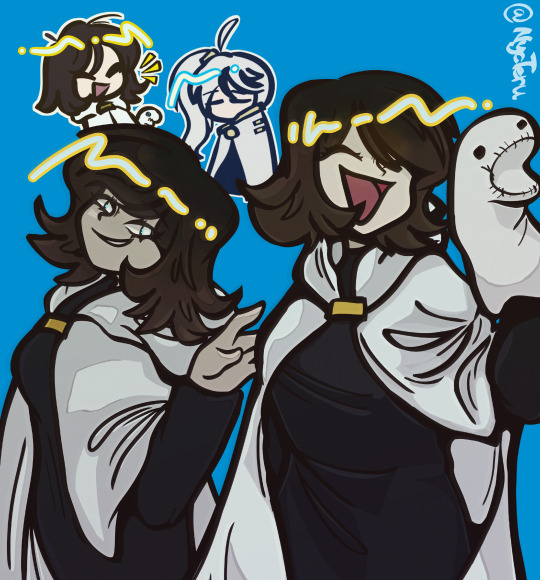
More Moirais!!! I love her can't you tell?
82 notes
·
View notes


